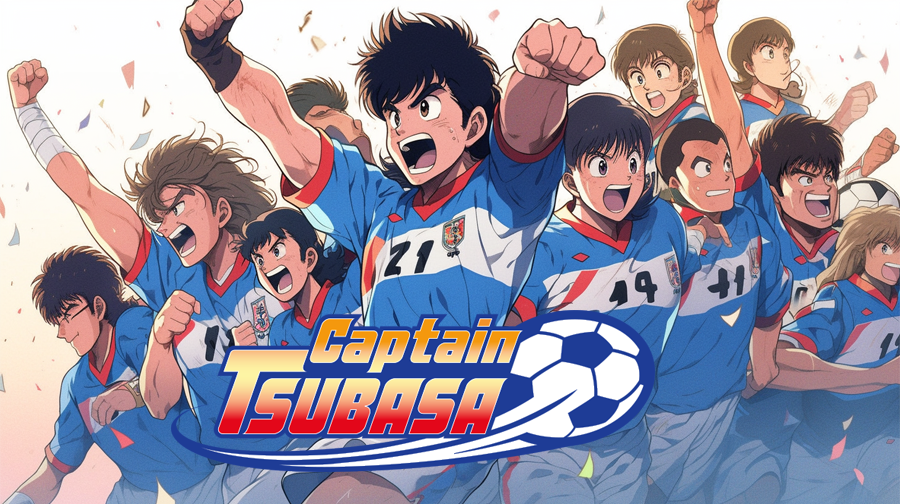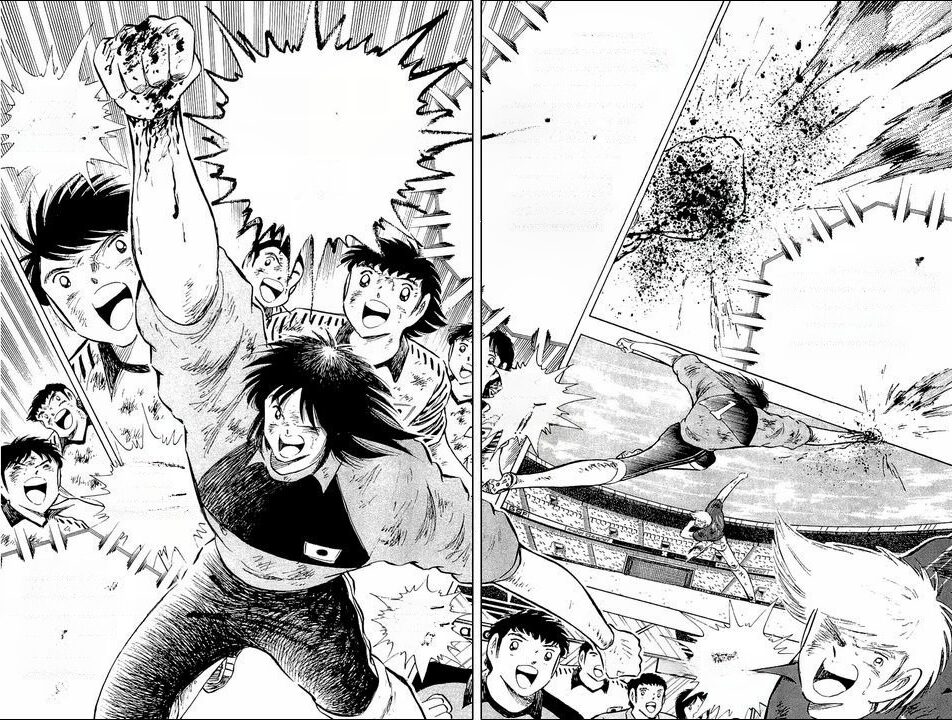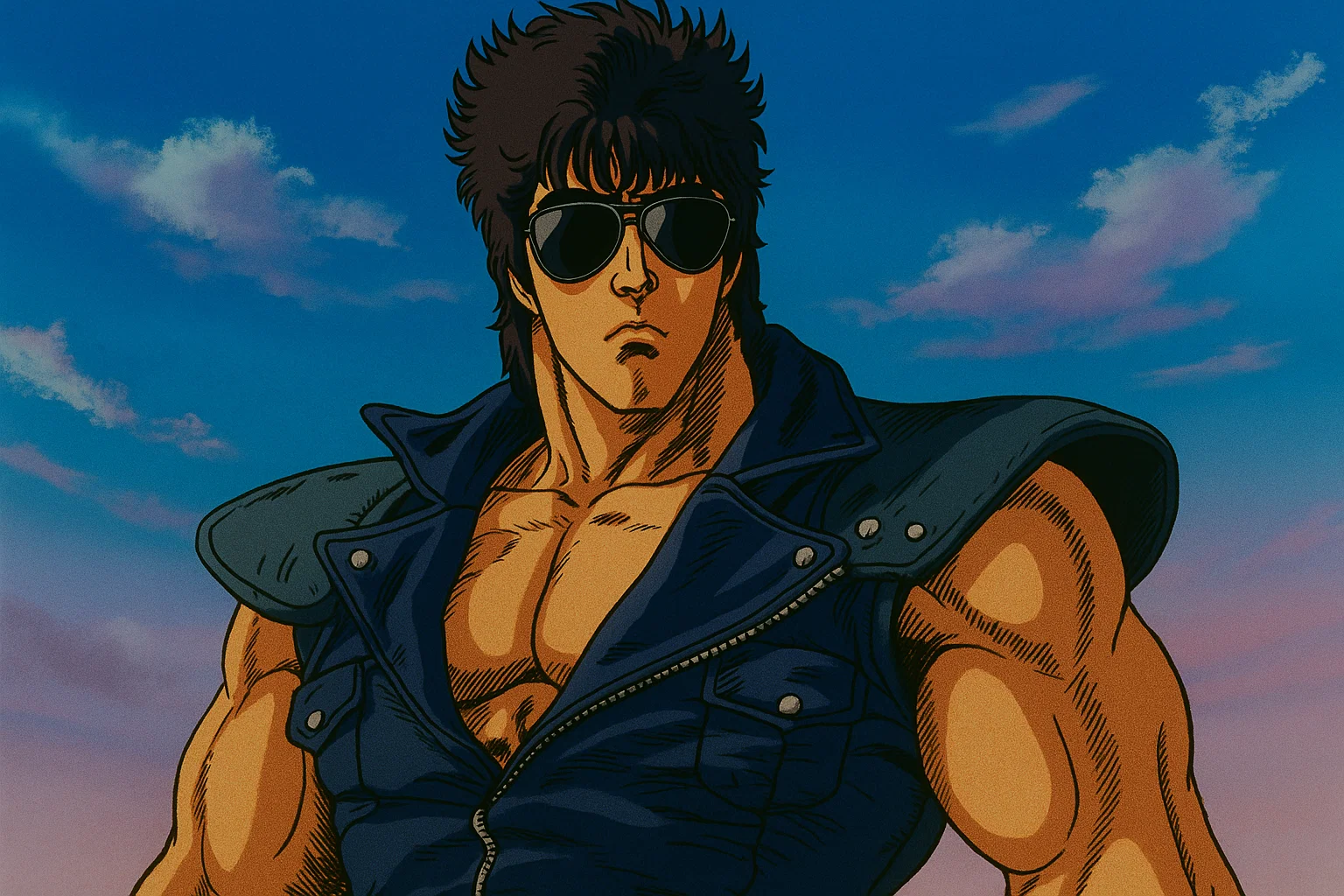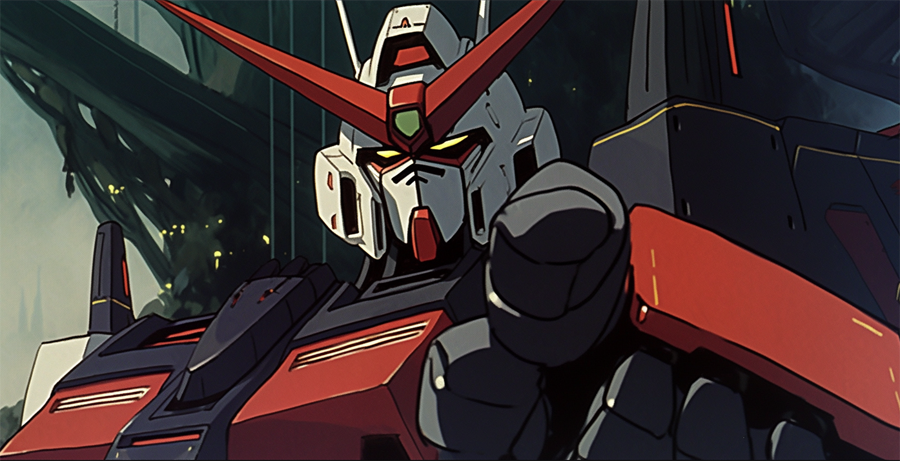The last anime reboot of Captain Tsubasa is finally getting a sequel after 4 years of waiting! At least this time they’re not rebooting the whole thing for the 4th time and instead decide to simply adapt the third arc of the original manga.
With this new exciting announcement and the sad announcement of the manga’s ending, now’s a good time to read this football manga classic if you haven’t yet done so already. Just read volume 1 and go on from there, right? Wrong. If it was this easy, I wouldn’t be writing a guide about how to read it in order. The author, Yoichi Takahashi, had several breaks between publications during the manga’s 40 year run, so every time he wanted to resume Captain Tsubasa, he would give it a new name. On the flipside, this also makes remembering the order of the manga much easier than some other series since the arc name is also the series’ name.
The reading order
I’m going to list each manga arcs in order and the various anime adaptations they received as reference. If you want the full story of the series, you have to read the manga. The anime adaptations are incomplete, full of fillers and even skip out important events. As standalone media, the anime are pretty good for the most part, but they do not tell the accurate story all the way. Before we proceed, I’ll answer some common questions.
Common questions
How long is Captain Tsubasa?
Captain Tsubasa is a long manga since it’s been in publication for 40 years. That said, don’t let that discourage you from reading it. At the end of the day, they’re all about football matches, not rocket science, so if you skip an arc, you can still have fun reading another arc which looks more fun to you, as long as you know who the characters are. You think the last arc Rising Sun looks like fun? You can go straight to it and still have a good time.
Anime or manga?
Stick to the manga for the full story, and watch the anime if you just want to be entertained and do not care that much about the chronology of the story. They’re both good.
Chronological or production reading order?
Always production. Some of the stories are more recently written but are about previously untold events of the past. Therefore, it always makes sense to read them in production order.
Can I read it on manga reading sites?
Unfortunately, most manga reading sites sometimes skip on some one-shots and the general quality of the scans are awful as they’re compressed to save space on the servers, turning Takahashi’s beautiful dynamic artwork into horrible patches of ink. This is especially true for Captain Tsubasa. I instead suggest you head straight down to the links section and download the chapters individually, one by one. It’ll be worth it.
One shots
One shots are short stories set in the world of Captain Tsubasa. Some are canon and are meant to support the existing stories, and some simply aren’t, as these are often meant to promote something else, and showcase a potentially fun match in the manga’s story.
1. Captain Tsubasa (1981-1988) (37 volumes)
The original manga is divided into 3 arcs, namely, Kid’s dream, Boys’ fight, and J Boys’ challenge.
Kid’s dream (Chapter 1 to 50)
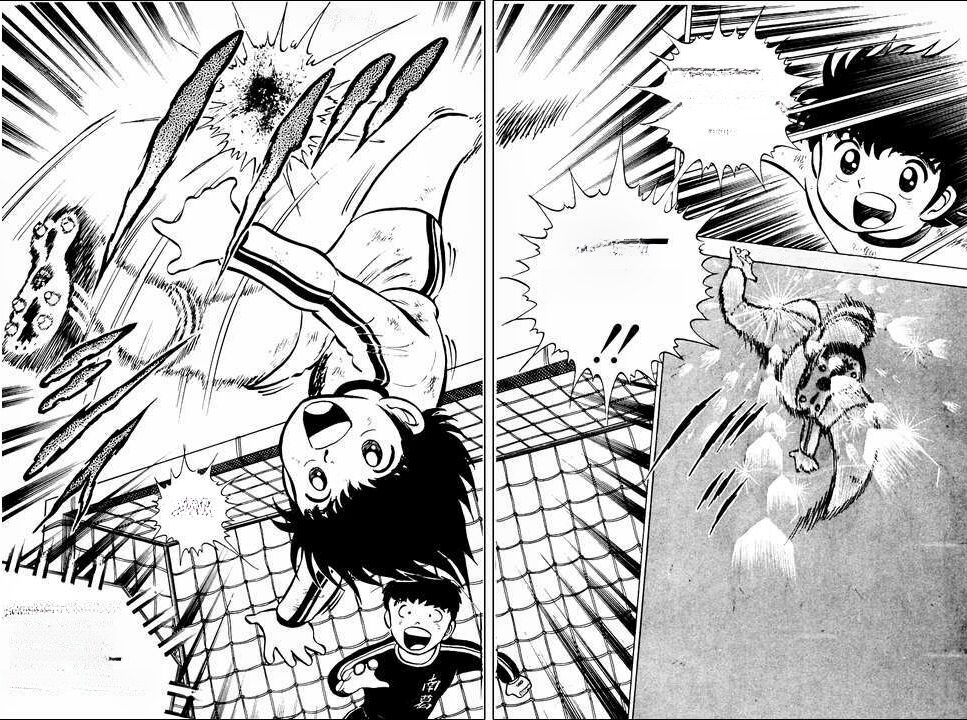
This arc covers Tsubasa’s first attempt at winning the national elementary school tournament. This is where he’s going to meet his iconic rivals such as Hyuga, Misugi, the Tachibana Brothers and so on and also makes new footballing pals such as Ishizaki, Wakabayashi and Misaki among others.
Captain Tsubasa (1983): Episode 1 to 57
Captain Tsubasa J (1994): Episode 1 to 33, 34 (Recap)
Captain Tsubasa Road to 2002 (2001): Episode 1 to 11, 12 (Part recap)
Captain Tsubasa (2018): Episode 1 to 28
One-shot:
I am Misaki Taro (1984) (Essential, read after this arc): This is a special one-shot that focuses on Misaki after he left Nankatsu to travel the country with his father. It has a sequel which is part of the Memories spinoff manga.
Captain Tsubasa (1983): Episode 66
Boys’ fight (Chapter 51 to 85)
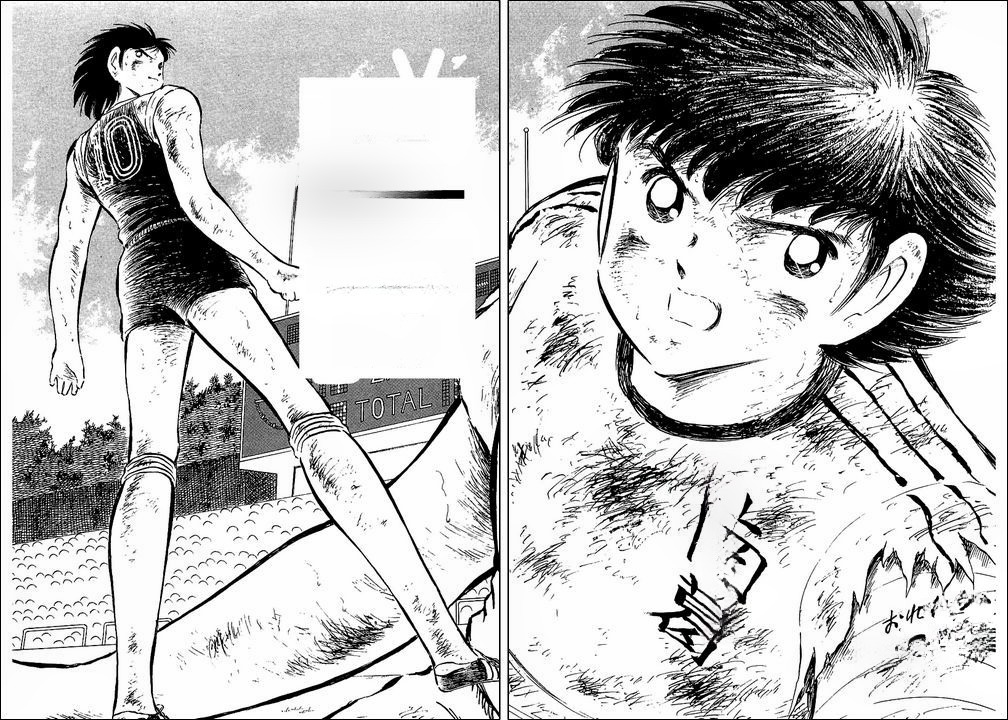
After a time skip, this arc covers Tsubasa’s attempt at winning the middle school national tournament for the third time. Old pals are now Tsubasa’s rivals such as Urabe. New rivals opposing Tsubasa’s ascend show up such as the likes of Nitta, Soda and Jito etc.
Captain Tsubasa (1983): Episode 57 to 97, 105 to 125. 98 to 104 is an anime-only European tour arc, 125 to 128 is mostly recapping the series with some additional information for the next arc.
Captain Tsubasa Road to 2002 (2001): Episode 13 to 19
Captain Tsubasa (2018): Episode 28 to 52
J Boys’ challenge (Chapter 85 to 114)
This is the last third arc of the original manga. After an arduous battle against Hyuga in the last middle school tournament, Tsubasa has recovered from his injuries and is now ready to tackle the whole of Europe with his former rivals and teammates, who are now representatives of Japan’s national Junior Youth soccer team. The likes of Misaki and Wakabayashi are also back in the team. As always, new foreign rivals such as Hernandez, Diaz, Pierre and Schneider seek to prevent Japan Junior Youth from winning the Paris Tournament.
Shin Captain Tsubasa (1989): Episode 1 to 12
Captain Tsubasa Road to 2002 (2001): Episode 20 to 31
Captain Tsubasa Junior Youth Arc (2023): TBA
2. Captain Tsubasa: World Youth (1994-1997) (18 volumes)

Following Japan’s participation in the Paris Tournament, Tsubasa has now settled in Brazil and plays for the soccer club, Sao Paulo FC. The Japanese Youth team’s next objective is to win the World Youth. New rivals show up once again, including those in their own country. For the first time, our Japanese players will also be competing against the whole of Asia and eventually the world. Additionally, newcomers to the Japanese team will also make their presence known. Under new and strong management, Tsubasa and his friends will undergo hardships in order to have a shot at winning the world youth title.
Captain Tsubasa J (1994): Episode 35 to 47 (Incomplete, only goes up to the match against Uzbekistan)
Captain Tsubasa Road to 2002 (2001): A good portion of the anime is told in flashbacks as Tsubasa plays for FC Brancos (Changed from Sao Paulo FC for legal reasons). Episode 32 to 35 (Sao Paulo FC /FC Brancos vs CR Flamengo/Domingos 1904), episode 39 (Shingo Aoi’s story in flashback, the newcomer). Anyway, the chronology of this anime is really messed up.
One shot:
The strongest opponent! Netherlands Youth (1993) (Essential, read before this arc): This one-shot was Takahashi’s return to the world of Captain Tsubasa. It recounts the matches that took place in Japan after Tsubasa has left for Brazil. Nankatsu now with Misaki and Nitta on the team attempted to defeat Hyuga’s Toho in the high school tournaments but ended being the runner ups 3 years in a row. Following high school, a new Japanese Youth team was formed in order to compete in the World Youth. Test matches were held against Netherlands Youth in order to strengthen the team.
Captain Tsubasa Saikyo no Teki! Holland Youth OVA (1994): This OVA only covers the matches against Netherlands Youth and not the Japanese high school matches.
Captain Tsubasa Road to 2002 (2001): Episode 37 to 42 (This was an anime-filler arc that utilised elements of this one-shot but is otherwise unconnected as it happens during the Road to 2002 era)
3. Captain Tsubasa Road to 2002 (2001-2004) (15 volumes)
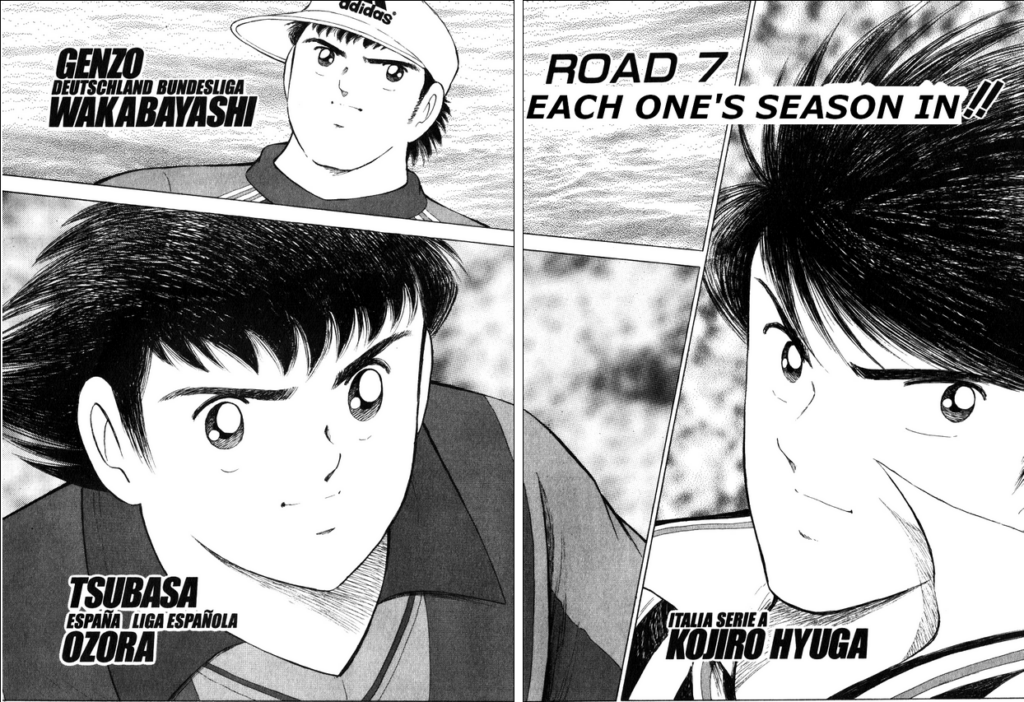
Following World Youth, our Japanese players are now playing in professional football clubs, both at home and abroad. Tsubasa will make his move to Barcelona while Hyuga will go to the Juventus and Wakabayashi will remain in Hamburg. Misaki and the rest will stay behind in Japan to improve the J-League.
Captain Tsubasa Road to 2002 (2001): Episode 43 to 52
One shots:
Hyuga Kojiro story in Italy (2006) (Essential, read after this arc): This is a 5 part story which takes place at the end of the manga where we follow Hyuga’s professional career in Serie C.
Captain Tsubasa Golden Dream (2004) (Not canon): This is a two-part short story released in commemoration of the then-future match between Barcelona and Jubilo Iwata.
Captain Tsubasa 25th Anniversary (2005) (Not canon): This is a 5-part match between Japan and an all-star team. The players selected to play were chosen by Japanese fans via an internet poll.
Captain Tsubasa: Road to 2002 – Final Countdown (2002) (Not canon): This was released in commemoration of Korea-Japan 2002. Despite the name, the story has no direct relationship with the canon of the “Road to 2002” storyline.
Captain Tsubasa: Road to 2002 Tokubetsu Hen – F.C.R.B. Stadium Opening Match (2004) (Not canon): The manga is a promotional product for the F.C.R.B Project.
After Road to 2002, no other arcs have received any anime adaptations. They are the following:
4. Captain Tsubasa: Golden 23 (2005 – 2008) (12 volumes)
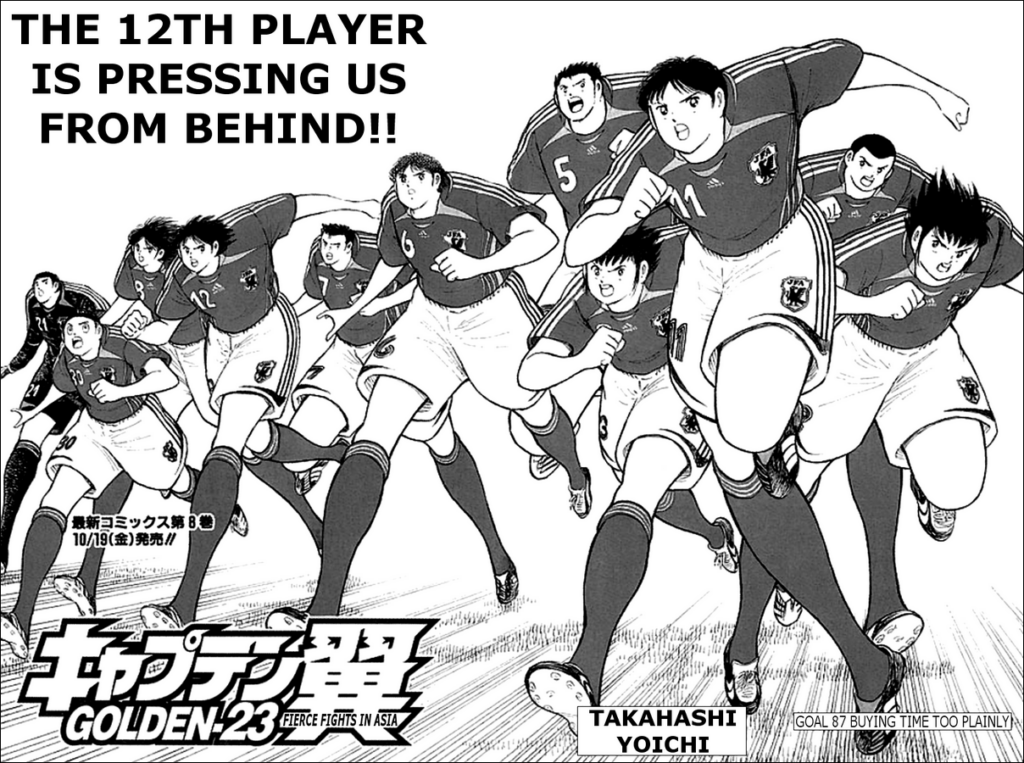
This arc follows Japan’s participation to qualify for the Madrid Olympics. Similarly to the first round of World Youth, Japan will have to fight its way through the Asian preliminaries without many key players. Additionally, Tsubasa will continue his own journey in the Liga. Also like World Youth, this arc also introduces new Japanese players who will compete for a spot in the team.
One shots:
Wish for peace in Hiroshima (2008) (Essential, read after this arc): This is a match between Olympic Japan and Greece.
Captain Tsubasa: Endless Dream (2008) (Essential, read it at any time you want) (Canon but with inconsistencies): The story is some sort of reunion with the different characters of the series, where they play a friendly match against each other. It is the final chapter of the Kid’s dream arc.
Captain Tsubasa: Golden-23 – Japan Dream 2006 (2006) (Not canon): This is a match that takes place between the Japanese Olympic Team versus the real non-fictional Japanese team.
5. Captain Tsubasa: Overseas Fierce Fights (2009-2012) (6 volumes)
This arc is divided into two parts; Overseas Fierce Fights in Calcio and Overseas Fierce Fights in la Liga.
in Calcio
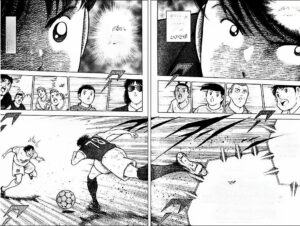
The first part tells the story about the important final match in the Serie C-1 between the teams of Kojiro Hyuga (AC Reggiana) and Shingo Aoi (FC Albese).
En La Liga
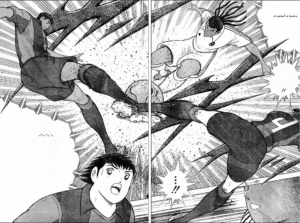
In the second part, a new Spanish character relevant to the Rising Sun arc, Michael, is introduced. The plot revolves around Tsubasa’s Barcelona match against Natureza’s Real Madrid in the second El Clásico in the season (the first one taking place in Road to 2002). The final four chapters deal with the final matches of La Liga to define the champion of the season.
One-shot:
Captain Tsubasa Tokubetsu Hen: Live Together 2010 (2010) (Not canon): This one-shot is about a test match between Japan and Argentina before South Africa 2010.
6. Captain Tsubasa: Rising Sun (2014-2022) (18 volumes)
This is the arc which just ended last year (2022). Japan has qualified for the Madrid Olympics and is now aiming for the Gold medal. Tsubasa and other overseas players have come back to strengthen the team.
One-shot:
Memories (2018) (Essential): This is a one-shot that takes place before the events of the series. It eventually spawned its own series with the same name.
7. Captain Tsubasa: Memories (2021-ongoing)
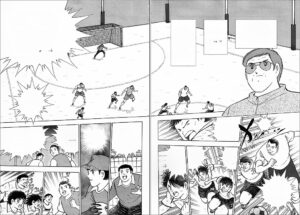
This is a mini-series that comes out with features various stories of the main characters before the events of the original manga, with the exception of Misaki. The stories are listed below.
Memories
Memories 2: I’m Wakabayashi Genzo, birth of the SGGK
Memories 3: Oozora’s family moving out 1
Boku wa Misaki Taro 2
Memories 4: The legend of the strongest Meiwa FC Prologue
8. Captain Tsubasa: Rising Sun – The Final (2023-ongoing)
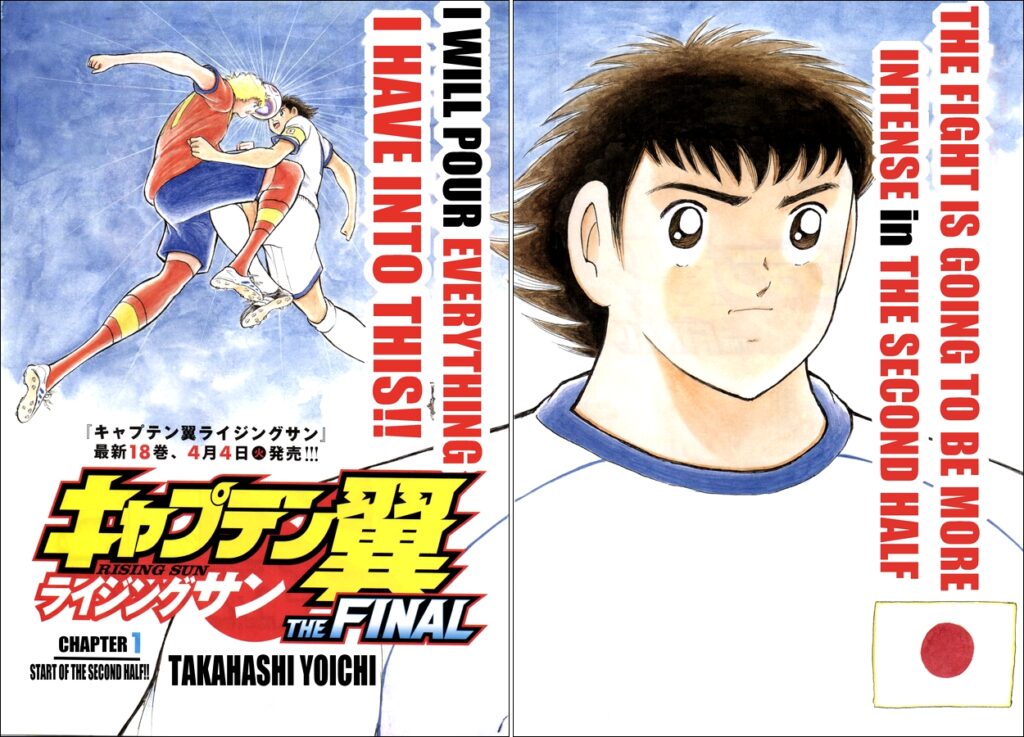
Since Yoichi Takahashi plans to retire after Rising Sun, he decided to give the final part of the story its own arc, to let people know he plans on ending it all. It’s a shame that we will never get to see the Champions League and the World Cup but it’s still an impressive run for a manga artist to continue writing the same manga over 40 years in the business.
9. Captain Tsubasa: Next Dream (2021-ongoing)
Next Dream is a videogame-only arc in the gacha game, Captain Tsubasa: Dream Team. It takes place after the events of Rising Sun: The Final. Yoichi Takahashi has collaborated with the videogame staff for this new story, therefore, giving this arc some legitimacy. Although it’s equally to note that older Captain Tsubasa games by the defunct game company, Tecmo (Now Koei-Tecmo) also continued the story when the manga wasn’t running anymore. Therefore whether you want to consider this the official sequel to Rising Sun: The Final is entirely up to you.
Conclusion
That’s it. That was the entire Captain Tsubasa manga series. Captain Tsubasa is one of my childhood anime series I watched in the early 90s, and I haven’t stopped reading it since I discovered the manga the 2000s, so I wrote it with a lot of patience. I hope you enjoyed this guide.
Links
You can download the entire manga here on the scanlator’s website. Keep in mind that Shinji, the administrator has spent the last 16 years translating the entire series, so all credits go to him and his collaborators. Remember that no manga distribution has ever licensed the manga in English, and they never will due to multiple reasons, so scalations are entirely fair game.
Read my other Captain Tsubasa articles
Captain Tsubasa Rising Sun THE FINAL: Chapter 1 & 2 Review
Captain Tsubasa Rising Sun THE FINAL: Chapter 3 & 4 Review
Abandoned characters of Captain Tsubasa
Exploring Tecmo’s Captain Tsubasa video games and their enduring appeal

